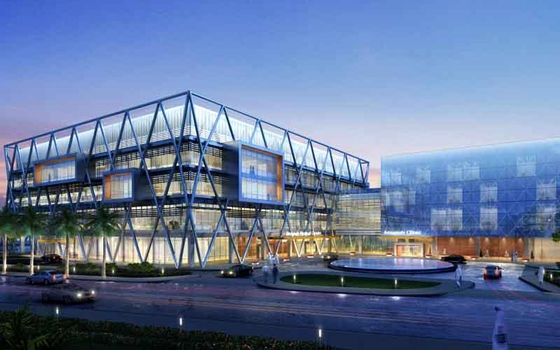The health care sector in Oman is set to undergo a major expansion, with both the government and the private sector investing in new “medical cities” as well as developing a number of smaller hospitals.
The government offers free health care to all citizens, but the last major public hospital was completed some 20 years ago. Since the population has expanded by nearly 50% over the past decade, investments in health care are needed to keep pace.
This increase in demand has been met in part by a rising number of private sector providers. In 1995 the Sultanate had just one private hospital with six beds, compared to today when Omanis have a choice of seven facilities with a combined bed capacity of 279.
“Health care in Oman is going through a transitional stage,” Nigel R Weale, project director and Oman country manager at United Medical Group, which runs Muscat Private Hospital, told OBG last year. “Certainly the private sector landscape looks much different from five years ago, as there are more facilities and treatment options from which patients may choose.”
By far the largest private sector development on the horizon is the International Medical City (IMC) in Salalah, which will cover an area of 866,000 sq meters and include a health care complex, a health care resort and educational facilities. Within the complex will be a 530-bed multi-specialty hospital.
In the planning stages for several years, the IMC is being developed by Apex Medical Group, a subsidiary of Saudi Arabia’s Al Joaib Group, which is expected to invest around $1bn in the project. Construction is set to begin in 2014.
Although the facility will serve Omanis, the IMC will also seek to attract patients from around the world. As the president of Apex Medical Group, Abdulla Al Joaib, explained, “The trend towards medical tourism continues to gain in popularity with the number of people travelling abroad for medical treatments – especially from the Middle East – growing rapidly.”
The IMC is expected to open in 2016, but it will not be the only such facility in the Sultanate for long. The Ministry of Health (MoH) recently announced the formation of a supervisory committee to oversee the development of the Sultan Qaboos Medical City (SQMC) in Batinah, which is expected to cost roughly $1.5bn.
One of the committee’s first actions will be to select a consultant to work with the government in developing the project.
Like the IMC, the SQMC will be much more than a hospital, and investment opportunities will exist for the development of residential space and shopping malls, with the medical city expected to cover some 5m sq meters.
Ahmed Al Qasmi, director-general for planning at the MoH, recently stated that he expected the government to float the tender to build the SQMC later this year.
The two medical cities may be the largest health care projects under way, but many smaller public facilities will also be built throughout the Sultanate as part of Oman’s Health Vision 2050.
Although the Health Vision 2050 is a long-term plan that could change significantly as it moves forward, it also has short-term goals where investments have already begun. In early August the government floated tenders to build five new general hospitals with bids due later this year.
Benefiting from a recent rise in its oil revenues, the government is in a position to make significant investments in infrastructure throughout the Sultanate, and with the demand population growth is placing on facilities, health care has become a major focus. The projects under way represent a significant opportunity for investors, not only in the initial construction, but also in the management and operation of the facilities well into the future.
Oxford Business Group
22 September
























































